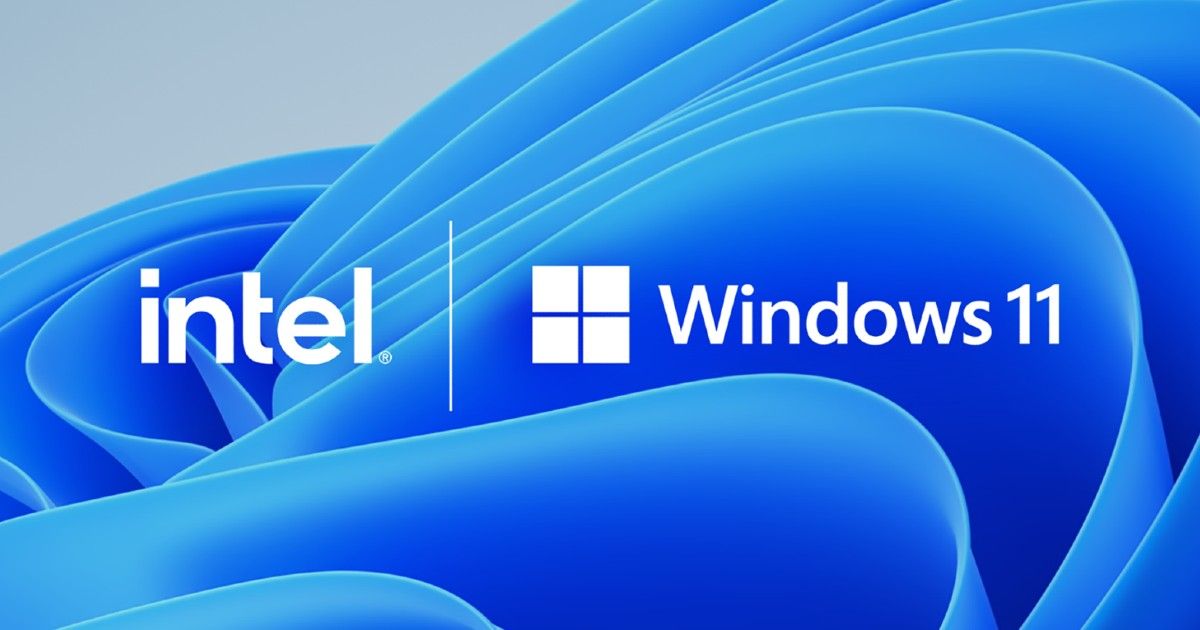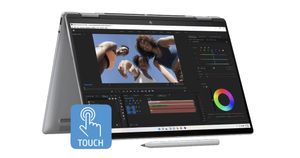
Android app support on the upcoming Windows 11 platform from Microsoft is a big deal, but the company has two others to thank for that — Amazon and Intel. The Amazon partnership is simple — its app store will be responsible for bringing Android apps to the Microsoft Store. But the Intel partnership is more technical, and perhaps more consequential too. It used something called “Intel Bridge” and allows apps to conform with hardware. “Intel and Microsoft’s long-standing approach to OS, system architecture and hardware integration enables the best PC experience for customers. The combination of Windows 11 and Intel technologies and platforms offers unmatched performance, compatibility and experiences on Windows, and we’re bringing people’s favourite experiences from the phone to the PC with Intel® Bridge Technology,” Gregory Bryant, Intel Executive Vice President and General Manager, Client Computing Group, said in a blog post.
What does Intel Bridge technology do?
In essence, the Intel Bridge technology is a compiler, a tool that converts computer software written in one programming language to another. With Intel Bridge, Windows 11 is getting a compiler that allows software written for Android to work not only on Windows but on Windows devices powered by ARM and x86 processors.
ARM and x86 are two different processor architectures used in mobile and PC processors. While ARM architectures are used by Qualcomm on its Snapdragon chips, Intel and AMD use x86 for their processors. If Android apps have to function correctly on Windows 11 devices, they have to recognise all kinds of hardware. That’s exactly what Intel Bridge claims to enable here.
“Intel Bridge Technology is a runtime post-compiler that enables applications to run natively on x86-based devices, including running those applications on Windows,” the company said in its blog post. “Intel’s multi-architecture XPU strategy provides the right engines for the right workloads by integrating leading CPU cores, graphics technology, artificial intelligence accelerators, image processors and more, in a single, verified solution,” it added.
However, that doesn’t really tell us how Android apps will perform on Windows 11 devices. So far, Microsoft’s tryst with ARM processors hasn’t delivered the same kind of performance that processors from Intel and AMD do. And most reviews point out that the problem is in compiling x86 apps for ARM architectures.
“Intel believes it is important to provide this capability across all x86 platforms and has designed Intel Bridge technology to support all x86 platforms (including AMD platforms),” the chipmaker told The Verge. According to Intel, the technology “vastly expands mobile applications to run right on the PC.”



















